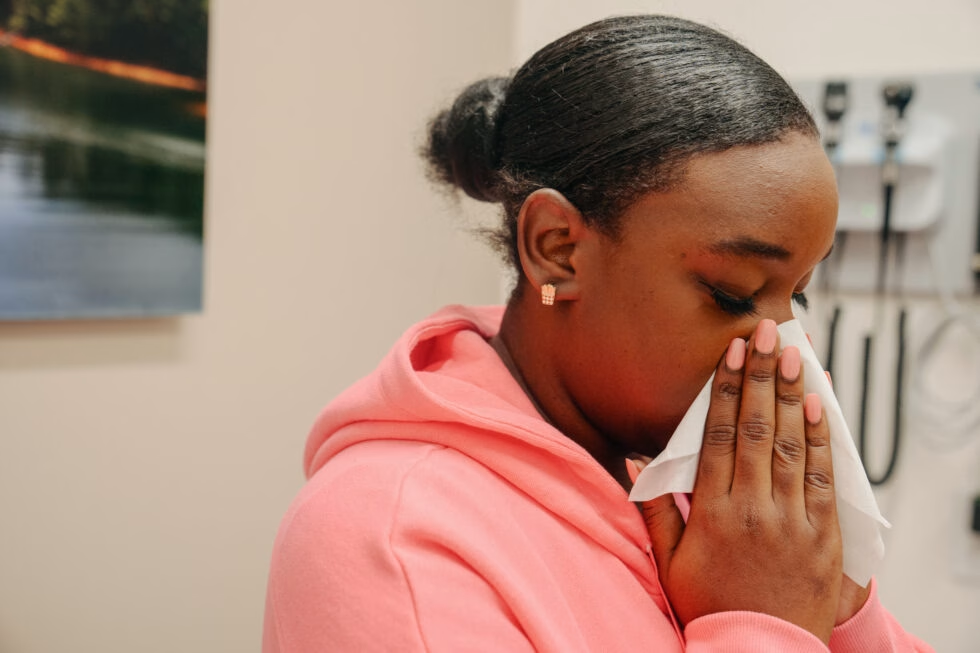by | May 30, 2024 | Healthy Living

What Types of Bites and Stings Are the Most Common in the Southeast?
As you lounge on the grass in Fountain City Park, enjoying the warmth of the sun on your skin, a sudden sharp pain jolts you from your daze. With a startled cry, you jump up, swatting at the tiny attacker—a wasp buzzing angrily before darting away.
Rubbing the sting on your arm, you grimace at the throbbing ache, cursing your luck. With a resigned sigh, you reach for the nearby first aid kit, knowing that even in the serene confines of the park, nature’s surprises are never far away.
Understanding the Impact of Insect Bites and Stings
When bugs bite or sting, they inject venom into the skin, triggering various reactions, ranging from mild itching to severe tissue damage. Take heed of those brown recluse spiders—they’re trouble!
Insect bites serve as defense mechanisms or food sources for bugs. For instance, mosquitoes require blood for reproduction, while yellow jackets sting when threatened. While some bites are merely uncomfortable, they can trigger severe allergic reactions in certain individuals. So, why is it crucial to understand these bites and stings?
Why Understanding Insect Bites and Stings is Crucial
Being able to identify different insect bites and stings isn’t merely intriguing; it’s a skill vital for maintaining you and your loved ones’ well-being. Understanding the effects of various bugs helps you react appropriately, safeguarding against potential long-term health issues, especially for children who are more vulnerable. Familiarity with insect behaviors allows us to stay proactive, averting unpleasant surprises and taking preventive measures.
The Seven Most Common Culprits:
- Fire Ants: Native to South America but thriving in the Southeast, fire ants unleash a fiery sting, often causing blistering. While typically irritating, severe allergic reactions necessitate urgent medical attention.
- Ticks: Abundant in North America, ticks, such as the Lone Star and Black-legged varieties, carry harmful venom. Symptoms of their bites may include redness or small bumps. Beware of Lyme disease and Rocky Mountain spotted fever.
- Mosquitoes: Symbolizing warm, humid climates, mosquitoes like the Northern house and Asian tiger species thrive in the South. Look out for itchy bumps or swollen areas post-bite, and be wary of diseases like West Nile Virus and Zika.
- Fleas: Thriving in warm environments, fleas leave red, itchy bumps with rings around them. They can transmit tapeworms, the plague, and typhus.
- Bees and Wasps: Bee stings result in immediate pain and swelling due to venom injection. Wasp stings, particularly in the South, can be severe as they don’t lose their stingers.
- Spiders: Brown recluse and black widow spiders deliver venomous bites, causing tissue damage and severe reactions. While spiders usually bite when threatened, their venom can be dangerous.
- Chiggers: These minuscule mite larvae induce red bumps and blisters, often causing itching. Proper hygiene and over-the-counter remedies can alleviate discomfort.
When to Seek Medical Care
Observing systemic signs beyond the bite or sting site is crucial in determining severe reactions. Seek immediate medical attention if swelling extends beyond the sting site, particularly affecting the face, eyes, tongue, or lips. Other indicators include dizziness, difficulty breathing or swallowing, chills, and fever over 100 degrees Fahrenheit. Redness or swelling may signal an infection.
Preventing Insect Bites and Stings
Wearing protective clothing and using insect repellents containing DEET or picaridin are effective preventive measures. For bee-related concerns, avoid scented lotions and brightly colored clothing. Additionally, maintain a pest-free environment by keeping grass short, eliminating standing water, and securing outdoor areas.
By understanding the nuances of mosquito, tick, and spider bites, individuals gain control over potential health risks. Knowledge empowers, enabling proactive measures against buzzing, biting, and stinging insects.


